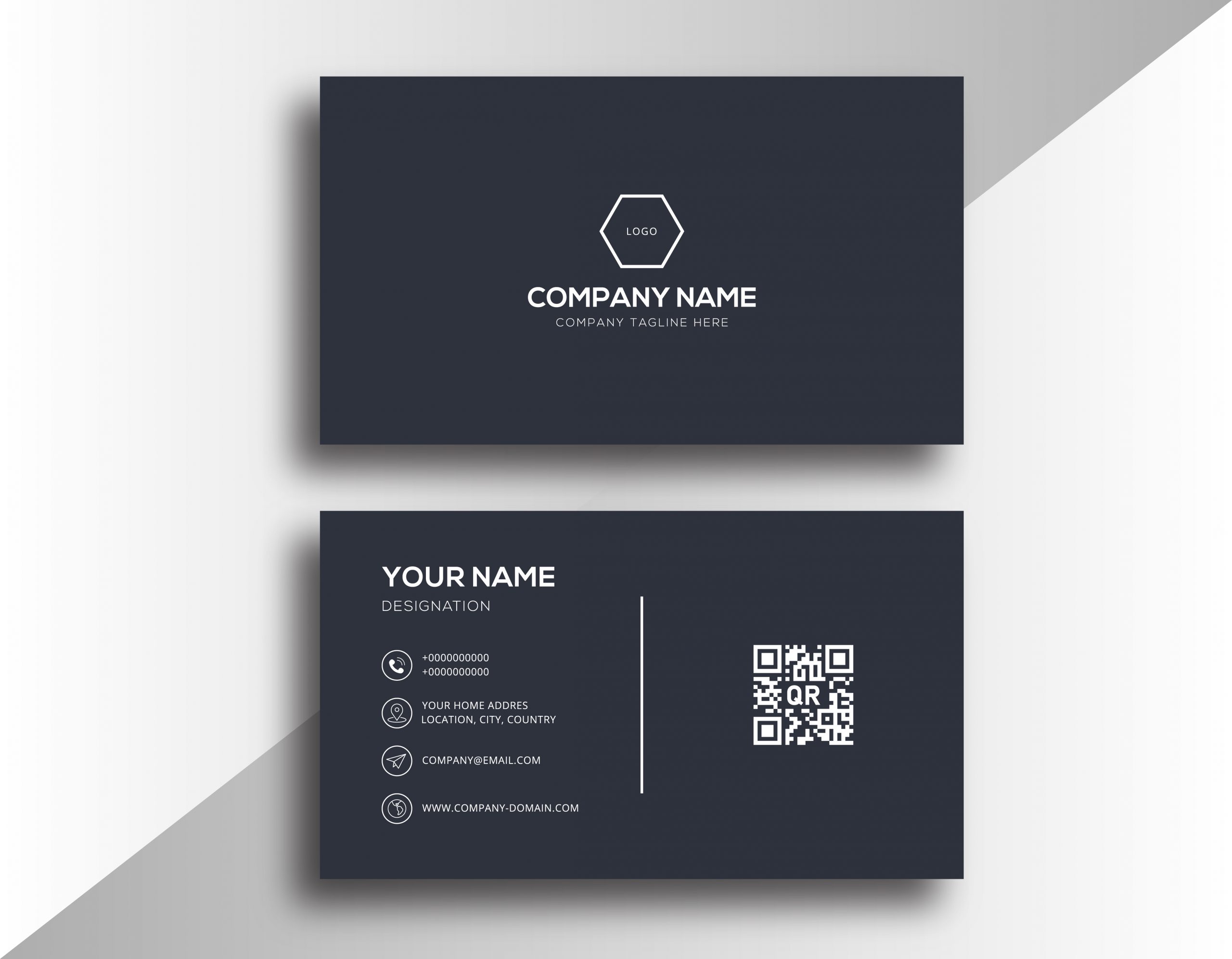A business card’s main purpose is to convey contact information in a clear, memorable manner. Your business card gives you the chance to leave a lasting impression on a new prospect, possible visitor, or business partner, whether it be in a networking setting or a more impromptu contact.
Some might claim that business cards are no longer necessary because the vacation rental market has changed to become one that is nearly entirely online. They are still effective in building your brand and spreading awareness of your company, though.
However, you do not need to spend thousands of dollars on a custom business card design. We’ll get to that later, but there are several readily available, inexpensive, and free tools that offer a wonderful basis for doing it yourself.
But first, what details ought to be on your business card for a holiday rental? We’ve put up this list of the key components every business card ought to include to stop potential clients from tossing yours in the garbage.
1. A trademark and slogan
Your business card should be branded with your company logo and tagline, just like your vacation rental website (if you have one). When it comes to in-person interactions, a potential customer’s initial encounter with your brand may be through your business card.
Because of this, customers ought to be able to recognize and recall a distinct brand right away. For instance, when placing a reservation on your website, when signing up for newsletters, or even when using your rental.
2. Name and position two
You have the option to introduce yourself on your business card by using your preferred name and the title you now hold. This not only makes for a more intimate introduction but also provides visitors or possible partners with the information they can later refer to.
Of course, listing this position on your business card for your holiday rental won’t help if you also have another “day job” in addition to renting out your house. In this case, having an “owner” or “property manager” rather than an “accountant” or “web developer” is far more advantageous.
3. Contact information
Your contact information may seem simple, but it is crucial if you want people to contact you. Direct contact information, such as your business email address and direct work phone number, is the most practical. Include your city as an additional reminder for anyone looking at your card if your property name doesn’t already indicate where it is if it doesn’t already. You do not need to provide your complete property address, though.
4. A customized page of your website
To increase their profit share in the #BookDirect era, more and more property owners are directing potential tenants to their websites. Consequently, it makes sense to include the URL of your website on your business card. You could even design a specific landing page for visitors who enter through the URL on your business card for further impact. Adding a video (of you or your rental), a special deal or discount code, or a neighborhood guide for your rental area are all possible additions to this landing page.
Remember that a short, catchy, unique URL will work better to drive traffic from your business card to your website. Nobody wants to type a website address for 20 minutes, after all!
5. Online communities
Facebook and Instagram, for example, are more effective social media platforms for vacation rental companies. Including your handle—the part of your username that appears after the @ sign—or a link to your profile will make it easier for visitors to find you online and may increase your followers.
It’s crucial to avoid filling up your entire social media presence or business card with text. Having two or three high-quality, current profiles is preferable to trying to cram all of your websites into one card.
6. White space
A business card is designed to fit in a wallet because it encourages the recipient to do so and study it later. In addition to being clear and instructive, it should be brief and to the point. You should avoid clutter on your business card.\
White or negative space aids in creating balanced designs. Additionally, it stops you from dumping too much information on your potential customer.
Bonus: Vacation rental business card designs
Not only are there drag-and-drop website builders and DIY logo maker tools, but there are also a ton of resources that even the least creative person can use to create their business cards.
See our selection of the top business card templates available.
Canva
Canva, a free online graphic design tool, offers more than 50,000 templates for various design kinds. You can quickly go through their templates by profession and edit them to your preferences or create your own from scratch. Additionally, in some areas, you can now order your prints directly from Canva. Visit their support pages for further information.
Moo
Moo provides high-quality designs with a variety of available finishes and templates or the option to create a unique one. They provide a variety of options, including square business cards, recycled cotton t-shirt offcuts, and even the conventional rectangle business card!
instant print
Like Moo, instant print lets customers create their custom business cards or choose from various colorful, double-sided designs. Even the largest business card set by Instantprint broke the Guinness World Record! However, we don’t advise you to use that size template for your holiday home.
PsPrint
PsPrint, a company with more than 750,000 clients, provides affordable rates for its business card bundles and hundreds of predetermined designs. Customers can also choose to have their business cards printed in a unique shape.









